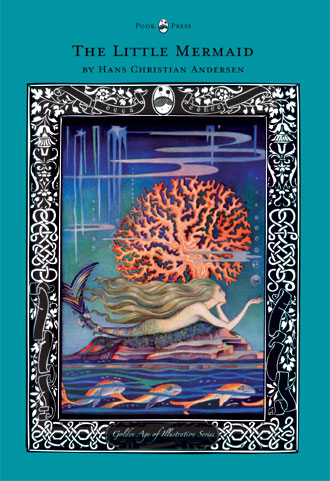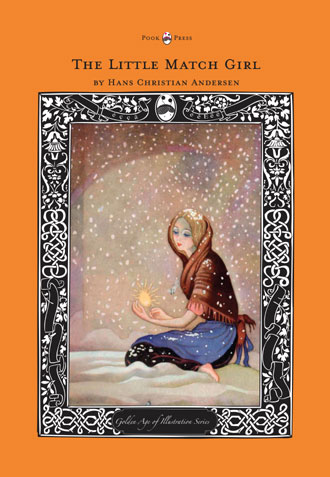The Golden Age of Illustration 1875 – 1920
In this period of no more than fifty years the popularity, abundance and most importantly the unprecedented upsurge in the quality of illustrated books marked an astounding change in the way that publishers, artists and the general public came to view this hitherto insufficiently esteemed art form.
The ‘Golden Age of Illustration’ refers to a period customarily defined as lasting from the latter quarter of the nineteenth century, until just after the First World War. In this period of no more than fifty years the popularity, abundance and most importantly the unprecedented upsurge in the quality of illustrated books marked an astounding change in the way that publishers, artists and the general public came to view this hitherto insufficiently esteemed art form.
An unprecedented upsurge in quality of illustrated books.
Until the latter part of the nineteenth century, the work of illustrators was largely proffered anonymously, and in England it was only after Thomas Bewick’s pioneering technical advances in wood engraving that it became common to acknowledge the artistic and technical expertise of book and magazine illustrators.
Although widely regarded as the patriarch of the Golden Age, Walter Crane (1845-1915) started his career as an anonymous illustrator – gradually building his reputation through striking designs, famous for their sharp outlines and flat tints of colour. Like many other great illustrators to follow, Crane operated within many different mediums; a lifelong disciple of William Morris and a member of the Arts and Crafts Movement, he designed all manner of objects including wallpaper, furniture, ceramic ware and even whole interiors. This incredibly important and inclusive phase of British design proved to have a lasting impact on illustration both in the United Kingdom and Europe as well as America.
Widely regarded as the patriarch of the Golden Age, Walter Crane
The artists involved in the Arts and Crafts Movement attempted to counter the ever intruding Industrial Revolution (the first wave of which lasted roughly from 1750-1850) by bringing the values of beautiful and inventive craftsmanship back into the sphere of everyday life. It must be noted that around the turn of the century the boundaries between what would today be termed ‘fine art’ as opposed to ‘crafts’ and ‘design’ were far more fluid and in many cases non-operational, and many illustrators had lucrative painterly careers in addition to their design work. The Romanticism of the Pre Raphaelite Brotherhood combined with the intricate curvatures of the Art Nouveaux movement provided influential strands running through most illustrators work. The latter especially so for the Scottish illustrator Anne Anderson (1874-1930), the Irish Illustrator Harry Clarke (1889-1931), as well as the Danish artist Kay Nielsen (1886-1957), who was also inspired by the stunning work of Japanese artists such as Hiroshige.
One of the main accomplishments of nineteenth century illustration lay in its ability to reach far wider numbers than the traditional ‘high arts’. In 1892 the American critic William A. Coffin praised the new medium for popularising art:
More has been done through the medium of illustrated literature… to make the masses of people realise that there is such a thing as art and that it is worth caring about.
Commercially, illustrated books reached their zenith with the burgeoning ‘Gift Book’ industry which emerged in the first decade of the twentieth century.
SELECTED BOOKS
The first widely distributed gift book was published in 1905. It comprised of Washington Irving’s short story Rip Van Winkle with the addition of 51 colour plates by a true master of illustration; Arthur Rackham (1867 – 1939). Rackham created each plate by first painstakingly drawing his subject in a sinuous pencil line before applying an ink layer – then he used layer upon layer of delicate watercolours to build up the romantic yet calmly ethereal results on which his reputation was constructed. Although Rackham is now one of the most recognisable names in illustration, his delicate palette owed no small debt to Kate Greenaway (1846-1901) – one of the first female illustrators whose pioneering and incredibly subtle use of the watercolour medium resulted in her election to the Royal Institute of Painters in Water Colours, in 1889. Jessie Willcox Smith (1863 – 1935) was also producing images of a similar caliber at this time.
The year before Arthur Rackam’s illustrations for Rip Van Winkle were published, a young and aspiring French artist by the name of Edmund Dulac (1882-1953) came to London and was to create a similarly impressive legacy. His timing could not have been more fortuitous. Several factors converged around the turn of the century which allowed illustrators and publishers alike a far greater freedom of creativity than previously imagined. The origination of the ‘colour separation’ practice meant that colour images, extremely faithful to the original artwork could be produced on a grand scale.
Arthur Rackham’s ‘Rip Van Winkle’ was the first gift book, published in 1905.
Dulac possessed a rigorously painterly background (more so than his contemporaries) and was hence able to utilise the new technology so as to allow the colour itself to refine and define an object as opposed to the traditional pen and ink line. It has been estimated that in 1876 there was only one ‘colour separation’ firm in London, but by 1900 this number had rocketed to fifty. This improvement in printing quality also meant a reduction in labour, and coupled with the introduction of new presses and low-cost supplies of paper this meant that publishers could for the first time afford to pay high wages for highly talented artists.
Whilst still in the U.K, no survey of the Golden Age of Illustration would be complete without a mention of the Robinson brothers. Charles Robinson was renowned for his beautifully detached style, whether in pen and ink or sumptuous watercolours. William Heath Robinson (the youngest) was to later garner immense fame for his carefully constructed yet tortuous machines operated by comical, intensely serious attendants. After World War One, the Robinson brothers numbered among the few artists of the Golden Age who continued to regularly produce illustrated books. But as we move towards the United States, one illustrator – Howard Pyle (1853-1911) stood head and shoulders above his contemporaries as the most distinguished illustrator of the age. From 1880 onwards Pyle illustrated over 100 volumes, yet it was not quantity which ensured his precedence over other American (and European) illustrators, but quality.
Pyle’s sumptuous illustrations benefitted from a meticulous composition process livened with rich colour and deep recesses, providing a visual framework in which tales such as Robin Hood and The Four Volumes of the Arthurian Cycle could come to life. These are publications which remain continuous good sellers up till the present day. His flair and originality combined with a thoroughness of planning and execution were principles which he passed onto his many pupils at the Drexel Institute of Arts and Sciences. Two such pupils were Jessie Willcox Smith (1863-1935) who went on to illustrate books such as The Water Babies and At the Back of North Wind and perhaps most famously Maxfield Parrish (1870-1966) who became famed for luxurious colour (most remarkably demonstrated in his blue paintings) and imaginative designs; practices in no short measure gleaned from his tutor. As an indication of Parrish’s popularity, in 1925 it was estimated that one fifth of American households possessed a Parrish reproduction.
Howard Pyle stood head and shoulders above the rest – illustrating over 100 volumes.
As is evident from this brief introduction to the ‘Golden Age of Illustration’, it was a period of massive technological change and artistic ingenuity. The legacy of this enormously important epoch lives on in the present day – in the continuing popularity and respect afforded to illustrators, graphic and fine artists alike.
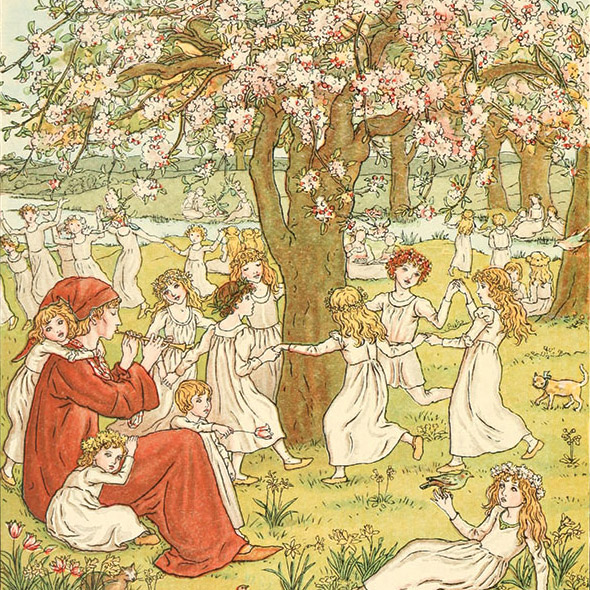
The Pied Piper of Hamelin, Kate Greenaway, 1888. (Golden Age Illustrated Books)
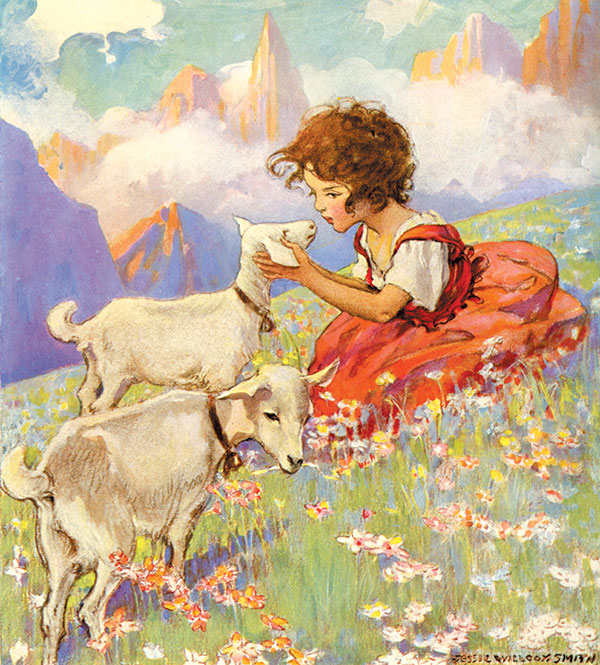
Boys and Girls of Bookland, Jessie Willcox Smith, 1923. (Golden Age Illustrated Books)
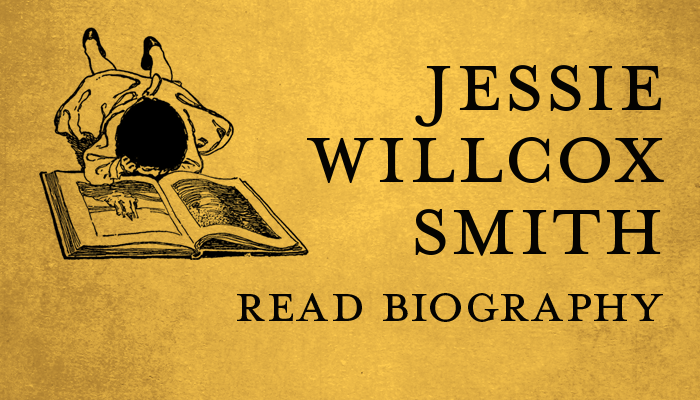
The Golden Age of Illustration Series
A series of the best-loved fairy tales celebrating The Golden Age of Illustration. These classic fairy tales have been in print since their first publications and have been illustrated by many, many artists over the years. Pook Press has sourced the rare original editions of these books and reproduced the beautiful artwork in order to build a unique collection of illustrated fairy tales.
Each story is a beautiful collection of the best illustrations, taken from the likes of Arthur Rackham, Edmund Dulac, Harry Clarke, Honor Appleton, Jennie Harbour, and many others.
This series of books celebrates the Golden Age of Illustration. During this period, the popularity, abundance and – most importantly – the unprecedented upsurge in the quality of illustrated works marked an astounding change in the way that publishers, artists and the general public came to view this hitherto insufficiently esteemed art form.
Fairy tales featured in this series include:

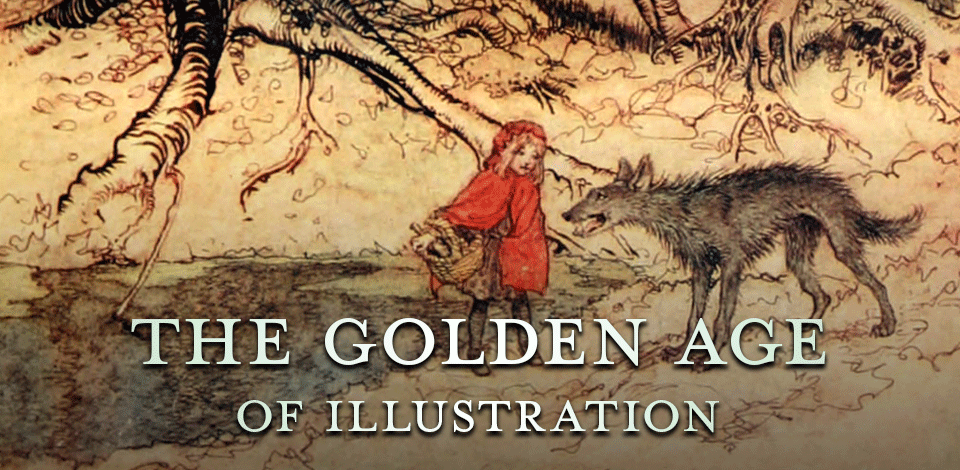

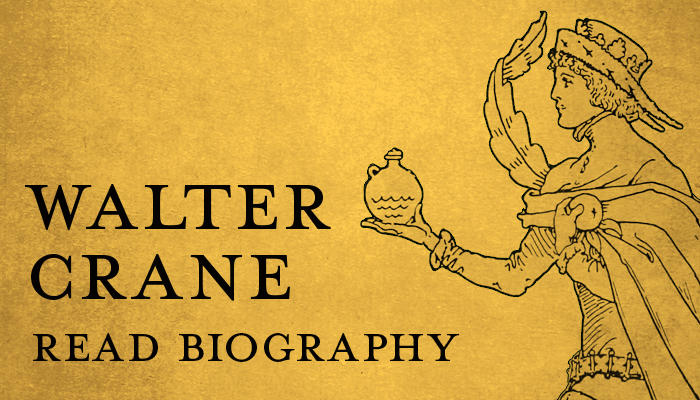
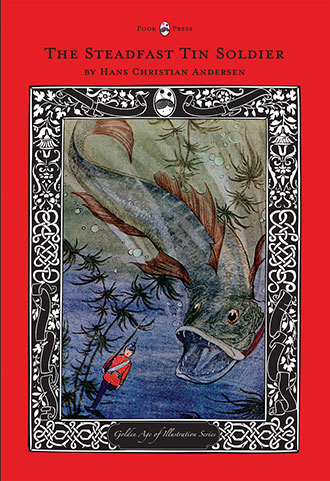
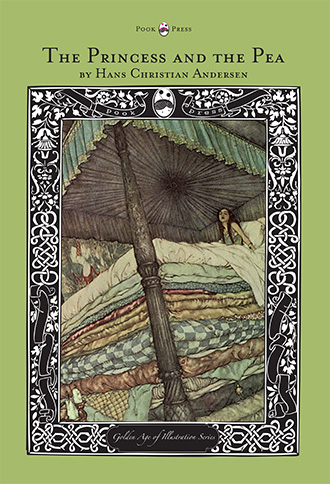
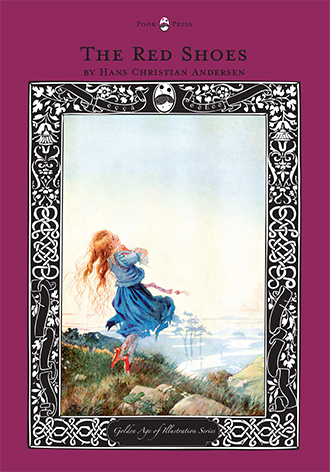 The Red Shoes – The Golden Age of Illustration Series
The Red Shoes – The Golden Age of Illustration Series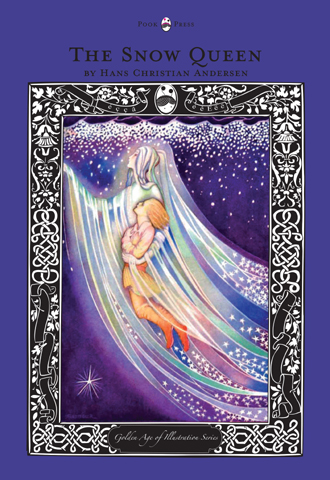
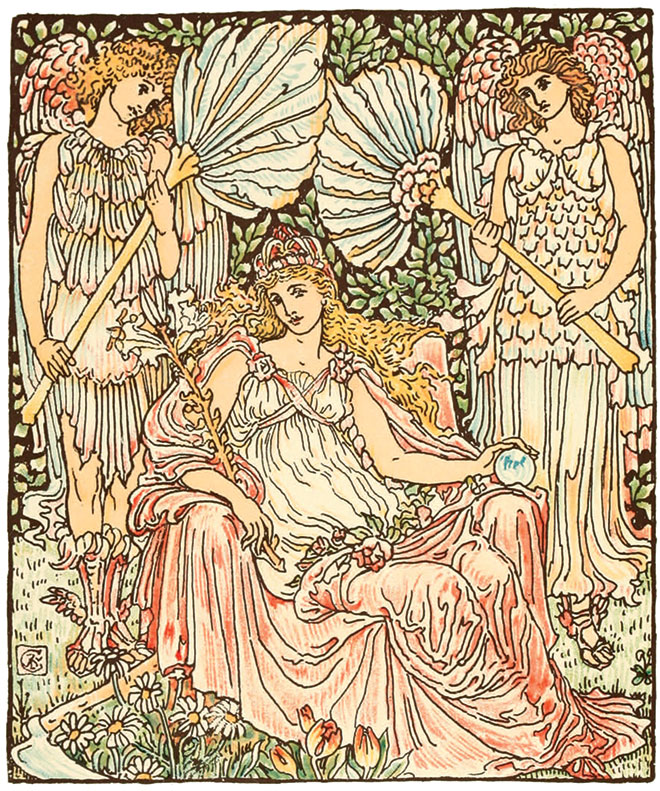
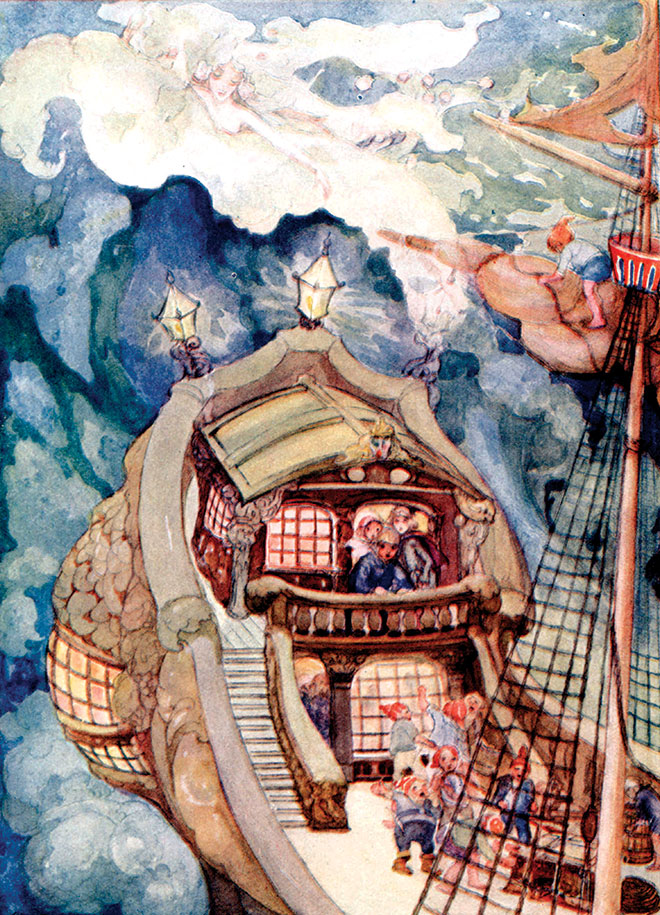
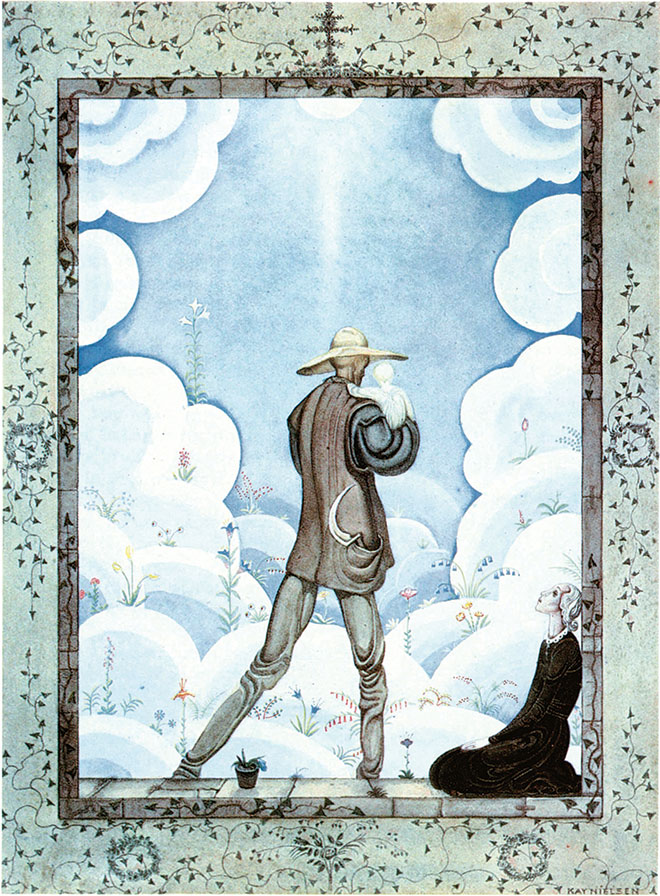
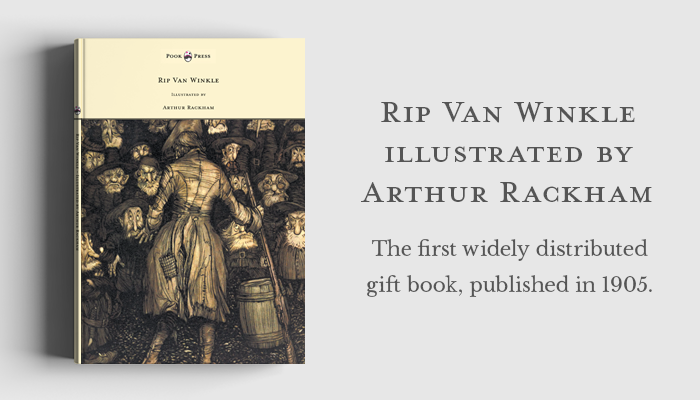
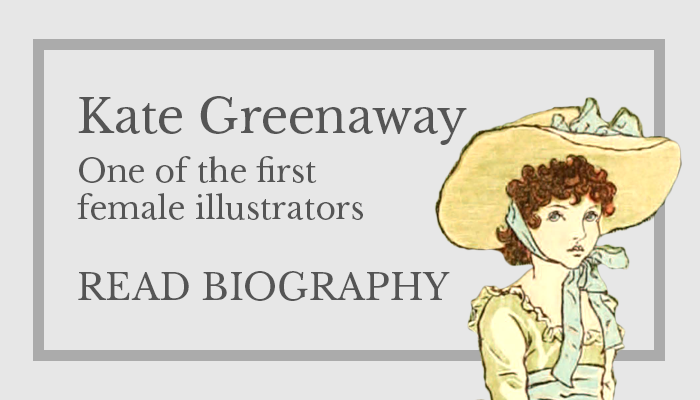
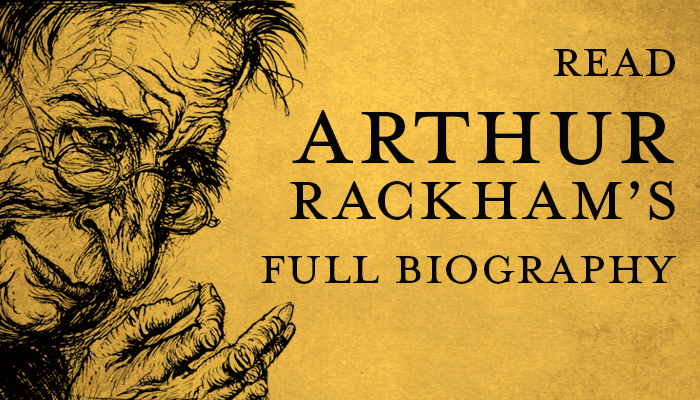
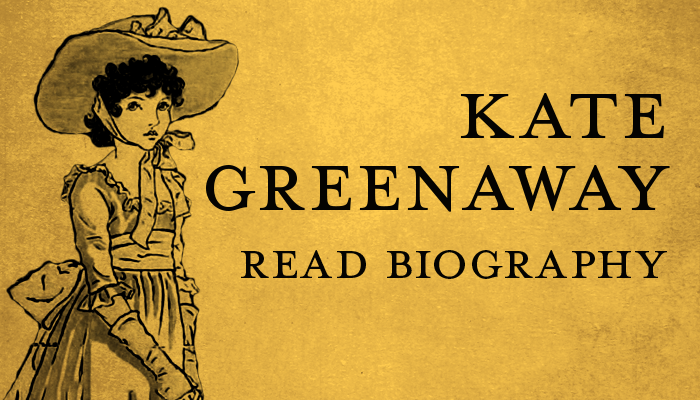
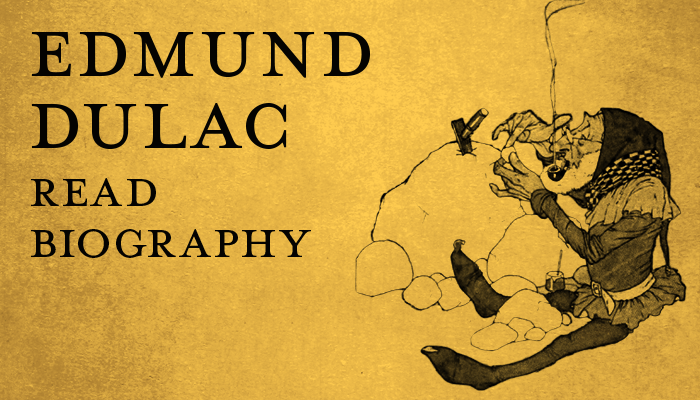
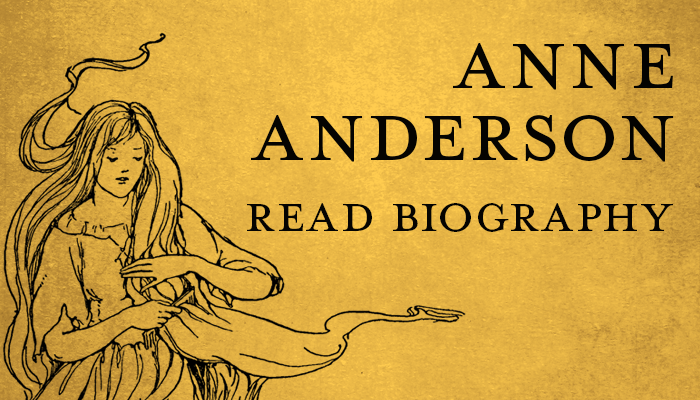
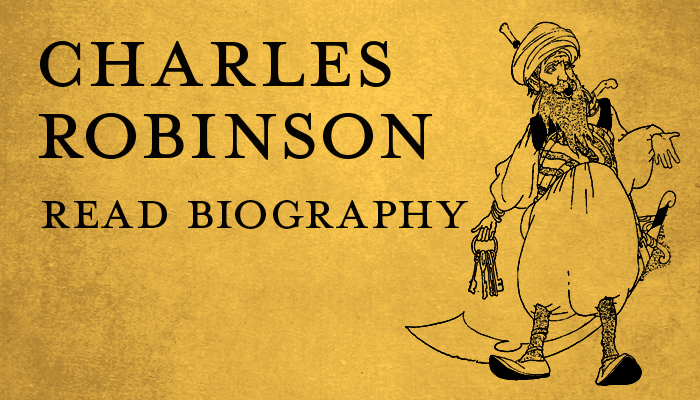


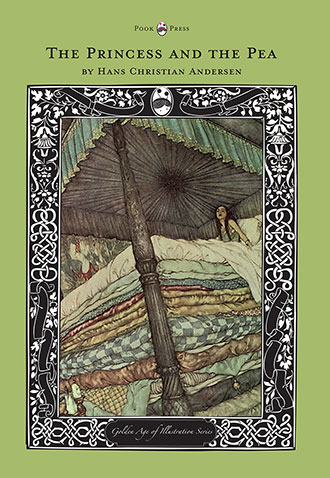 The Princess and the Pea – Golden Age of Illustration Series
The Princess and the Pea – Golden Age of Illustration Series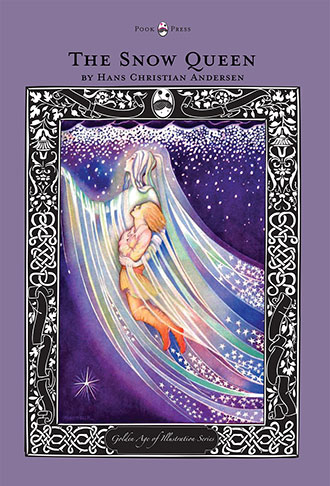
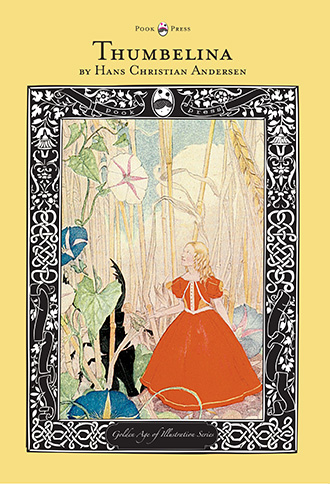 Thumbelina – The Golden Age of Illustration Series
Thumbelina – The Golden Age of Illustration Series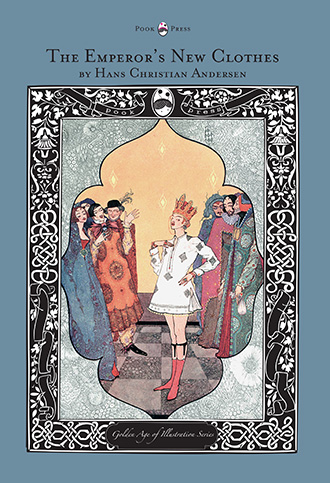 The Emperor’s New Clothes – The Golden Age of Illustration Series
The Emperor’s New Clothes – The Golden Age of Illustration Series